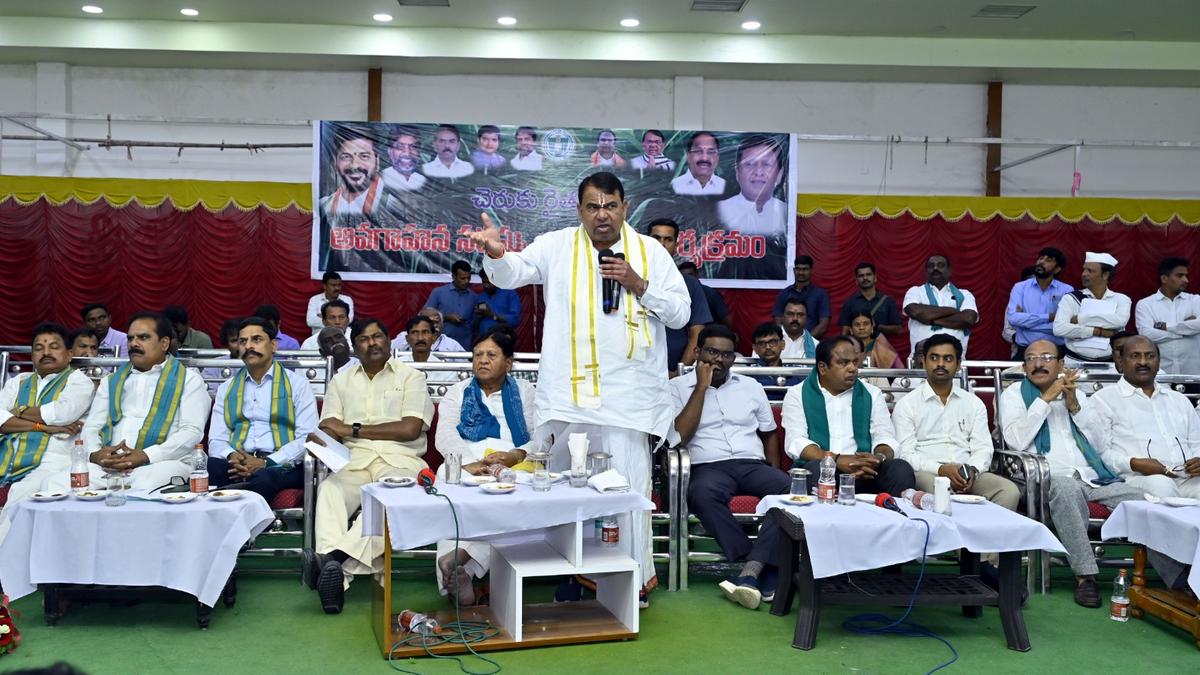
Ryots told to take up sugarcane farming widely to revive NSF
The Hindu
State government plans to revive Nizam Sugar Factory by encouraging sugarcane cultivation, offering subsidies and assistance to farmers.
NIZAMABAD
The State government is ready to revive the sick public sector undertaking Nizam Sugar Factory (NSF), which was privatised by the N. Chandrababu Naidu government in 2002 by selling off majority (51%) stake, according to Cane Commissioner G. Malsur.
In an awareness meeting held for farmers at Yedapally in Nizamabad district on Saturday, he asked the farming community to take up sugarcane cultivation on a large scale so that the raw material required for Nizam Sugars was met/provided locally. He stated that the awareness meeting was being held as part of the government plan to revive NSF.
Legislators P. Sudarshan Reddy, R. Bhoopathi Reddy and Pocharam Srinivas Reddy, Nizamabad District Collector Rajiv Gandhi Hanumanthu, former minister Mandava Venkateswara Rao and a large number of farmers participated in the meeting. Agriculture scientists Balaji Naik and Vijay Kumar explained to the farmers about the conducive local conditions for sugarcane cultivation, availability of machinery/farm equipment, new crop management methods, high yielding varieties and profitability.
The officials of industries department stated the NSF was shut down completely in 2015 and in case it has to be revived at least 3,500 tonnes of sugarcane was required everyday for crushing to keep the unit running in a season (at least 130 days a year).
Speaking at the meet, Mr. Sudarshan Reddy said the government was ready to offer every assistance to farmers if they come forward to cultivate sugarcane. He stated that the government was committed to revive NSF and accordingly it had cleared ₹190 crore pending dues. The government was also ready to reopen the distillery unit of NSF.
Advisor (Agriculture) to the government Mr. Srinivas Reddy, Mr. Bhoopathi Reddy and Mr. Venkateswara Rao suggested the farming community turn to sugarcane cultivation again as a more profitable alternative to paddy. The costs of cultivation had also come down in sugarcane with the availability of modern machinery. Further, high-yielding varieties were also available.













